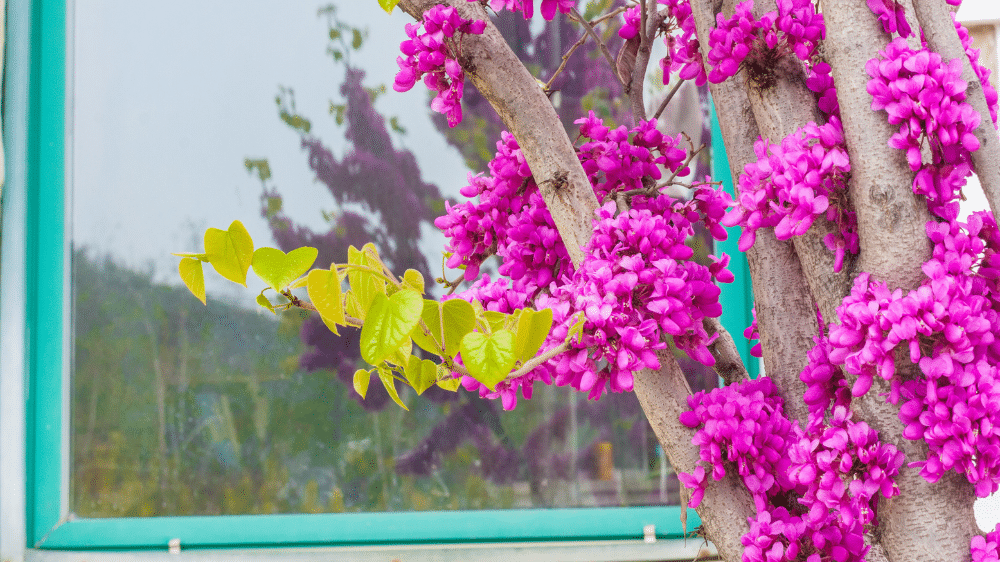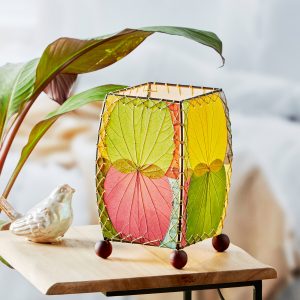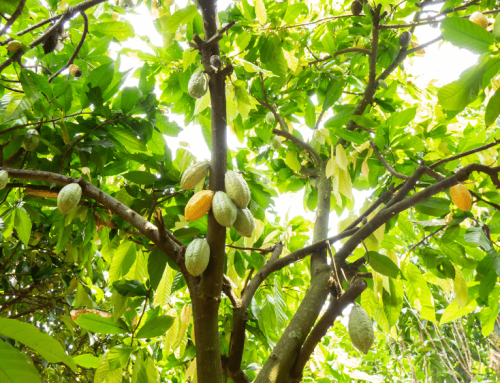What are aligbangbang trees? The Philippines is home to many unique and beautiful plants, and the Alibangbang tree is one of them. This tree is known for its stunning flowers that attract many pollinators, including butterflies, which is part of why it is also known as the Butterfly tree (more on that later). This tree is not just beautiful, it is also useful. In this blog post, we will explore the amazing characteristics and uses of the Alibangbang tree.
What Are Alibangbang Trees?
The Alibangbang tree is an evergreen tree that can grow up to 15 feet tall. It has smooth, gray-brown bark that flakes off easily. The leaves are large, about 8-12 inches long and 6 to 8 inches wide, and are shaped like hearts. The two lobes of the heart are separate, however, also giving them a butterfly look. Another reason this is known as the butterfly tree! The flowers of the Alibangbang tree are the stars of the show – they are large and pink, and also resemble butterflies. This tree blooms all year round, but its peak blooming season is from May to June.
Medicinal Purposes
Apart from its beauty, the Alibangbang tree has many uses. One of its most significant uses is in medicine. The leaves of this tree contain various medicinal properties that have been used for centuries to treat many ailments such as hypertension, diabetes, and liver disorders. The extract from the bark of the Alibangbang tree is also used to treat skin problems like eczema and psoriasis. Additionally, the flowers are an excellent source of nectar and are used to produce honey.
Creating Dye from Seeds
The Alibangbang tree is also a valuable source of natural dye. The seeds of the tree are covered in a bright red pulp that contains a natural pigment called annatto. The annatto dye is used to color food items like cheese, butter, and custards, and is also used in the textile industry to dye fabrics.
Cultural Significance
Another interesting fact about the Alibangbang tree is that it has religious significance. In some parts of the Philippines, the tree is believed to be sacred and is used in traditional ceremonies. It is also planted in cemeteries as it is believed to help the dead with their journey to the afterlife.
Making Lamps From Alibangbang Leaves
Eangee is able to sustainably harvest the leaves of this tree. The thickness of the foliage means a lot of organic material remains even after extensive drying and fossilization. This material holds more dye than other leaves and means that the leaves become bright and bold. When applied to a lamp backing, alibangbang leaves create stunning patterns and gorgeous color points.
The Alibangbang tree is a remarkable plant with many fascinating traits. Its beauty and excellent pollination abilities make it an attractive addition to any garden, while its medicinal properties and natural dye make it a valuable resource. We hope that this blog post has inspired you to learn more about the flora of the Philippines and the diverse uses of the Alibangbang tree.












Leave A Comment